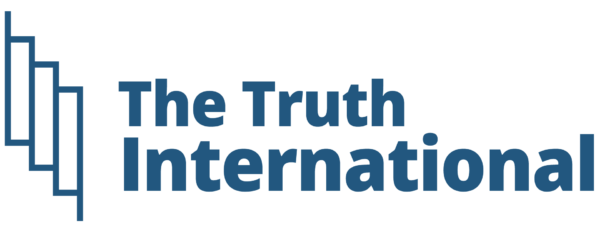A high-stakes vote that could redefine Canada’s future In a move driven by urgency rather than politics, Prime Minister Mark Carney dissolved Canada’s 44th Parliament just nine days into his term, setting the stage for a snap federal election on April 28. With tensions rising over economic uncertainty, housing pressures, and U.S. relations, the outcome could fundamentally reshape Canada’s domestic and global trajectory.
Why a snap election — and why now?
The election was called in response to a jolt from the south. U.S. President Donald Trump imposed 25% tariffs on Canadian steel, lumber, and auto parts, shaking the country’s economic foundation. He then remarked that Canada “would make a great 51st state” — a comment that deeply rattled public sentiment about sovereignty.
Carney, a former central banker brought in to steady the ship after Justin Trudeau’s resignation, saw the moment as a critical juncture: “This is a vote about Canada’s independence, our economic resilience, and our ability to stand tall in the world,” he declared on March 23.
The state of the race
Before Parliament’s dissolution, the seat count was:
- Liberals: 152
- Conservatives: 120
- Bloc Québécois: 33
- NDP: 24
- Greens and others: 14
Recent polls show a tightening race. A mid-April Abacus Data survey put the Liberals at 40%, just ahead of the Conservatives at 38%. Carney, though not a traditional politician, is gaining ground with voters who value stability and competence.
How Canadian snap elections work
Although Canada has fixed-date elections, the prime minister can still call an early vote with the Governor General’s approval. Campaigns typically last between 36 to 50 days, and voters elect 343 Members of Parliament.
If no party wins a majority (172 seats), a minority government is formed — usually less stable and more prone to early dissolution.
Carney is aiming for a majority, seeking a clear mandate to act boldly in turbulent times.
Who’s running?
- Mark Carney (Liberal): A steady technocrat with global experience. Frames the vote as a test of leadership and national resolve.
- Pierre Poilievre (Conservative): A populist firebrand. Criticizes Carney as a “globalist” and promises to restore “real sovereignty.”
- Jagmeet Singh (NDP): Focuses on affordability, Indigenous rights, and climate justice. Could play kingmaker.
- Yves-François Blanchet (Bloc Québécois): Championing Quebec’s autonomy, with potential to shape a minority outcome.
What’s at stake?
- Canada–US relations: Trump’s tariffs and rhetoric have turned diplomacy into a stress test.
- Economic stability: Inflation has cooled, but Canadians remain anxious.
- Housing crisis: Rents and prices are out of reach in major cities.
- Sovereignty and identity: Trump’s “51st state” quip has made sovereignty a visceral, top-of-mind issue.
What the polls say
Carney is seen as the best choice for PM by 41% of Canadians, compared to 29% for Poilievre, according to Ipsos. But 56% still believe it’s “time for a change,” making the outcome uncertain.
Turnout could be decisive. Advance voting has surged to a record-breaking 7.3 million, up 25% from 2021.
Why this vote is different
This election transcends typical debates about taxes and trade. It’s about national identity, economic independence, and who Canadians trust to lead through an unpredictable era.
Former Liberal leader Michael Ignatieff called it “an existential election.” On April 28, Canadians will deliver their verdict — not just on policy, but on the kind of country they want to be.
And the world will be watching.










